“Honey” processing coffee beans prior to drying
After discovering the complexity of a coffee bean’s journey from Seed to Cup, many emerging coffee enthusiasts exploring craft coffees look to the various qualities and tasting notes derived from the processing methods of harvested coffee cherries.
A freshly harvested coffee berry consists of the inner coffee seed, or bean, surrounded by the outer fruit (or pulp), a sticky layer of mucilage, and the parchment (a thin, paper-like layer covering the seed).
The three predominant methods of processing coffee fruits are a dry-method, a wet-method, and a newer method referred to as semi-dry or honey-processing. Let’s take a closer look at honey-processing and its potential tasting notes.
Seeing “honey” on a coffee label, like Vienna Coffee Company’s single-origin Guatemala Honey Catuai, might initially create expectations of a honey-flavored coffee. However, in this context, honey refers to a hybrid method of coffee processing that combines features from the more traditional dry and wet processing methods.
For this processing method, the term “honey” originates from the sticky mucilage left on the beans before drying (as shown in the photo above). While the resulting coffee beans, if roasted and brewed correctly, offer fruity notes reminiscent of honey, the flavor notes are not as intense as many natural/dry processed beans. With some pulp remaining on the seed, the resulting beans offer sweet tasting notes with less acidity and added complexity.
Farms across Central America now use this process that originated in Costa Rica just over a decade ago. The honey-processing results in a range of sweetness and depth from the end product depending upon the level of mucilage left on the bean prior to drying.
To experience the complexity of a honey-processed bean, grab a bag of VCC’s single-origin Guatemala Honey Catuai from the Bressani family farm, Finca San Jerónimo Miramar, before it is gone!
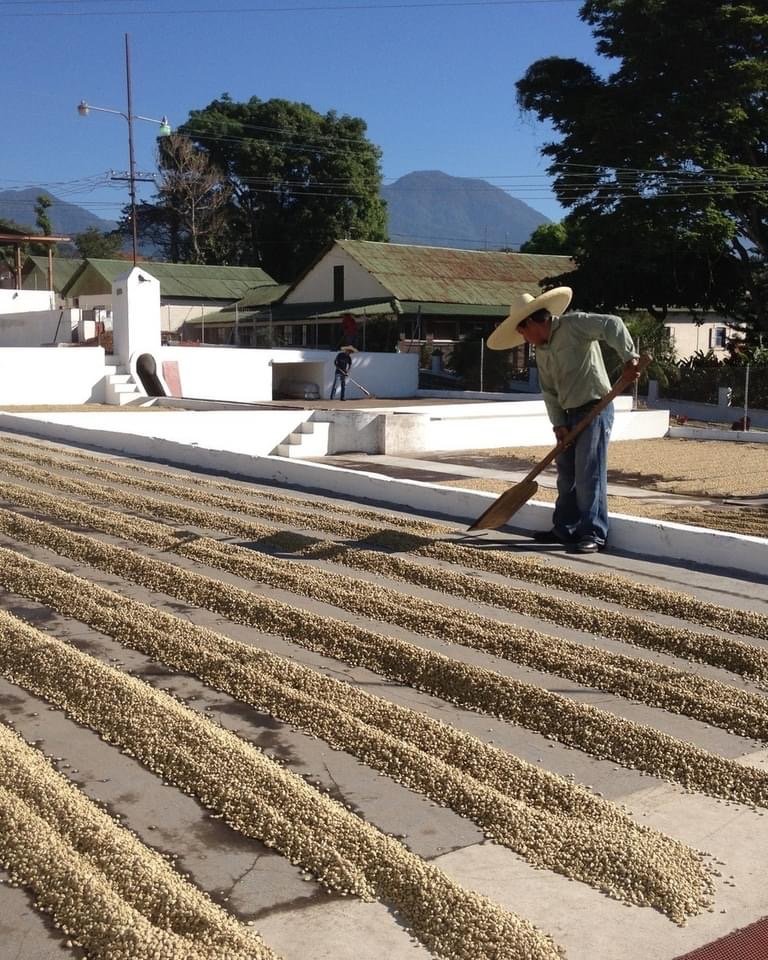
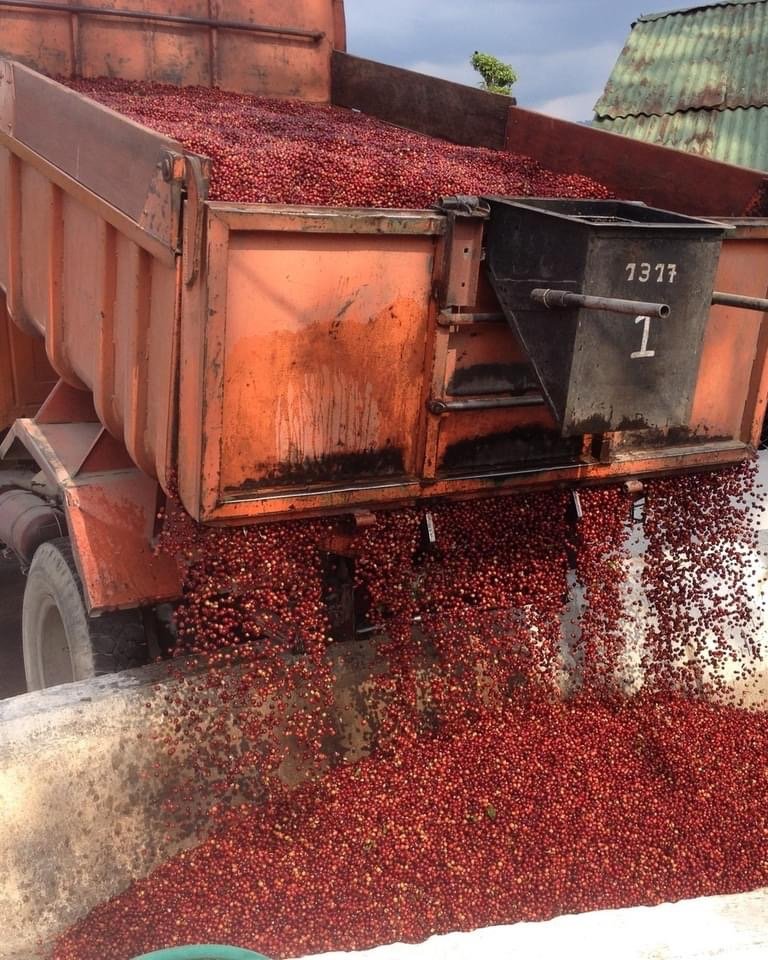
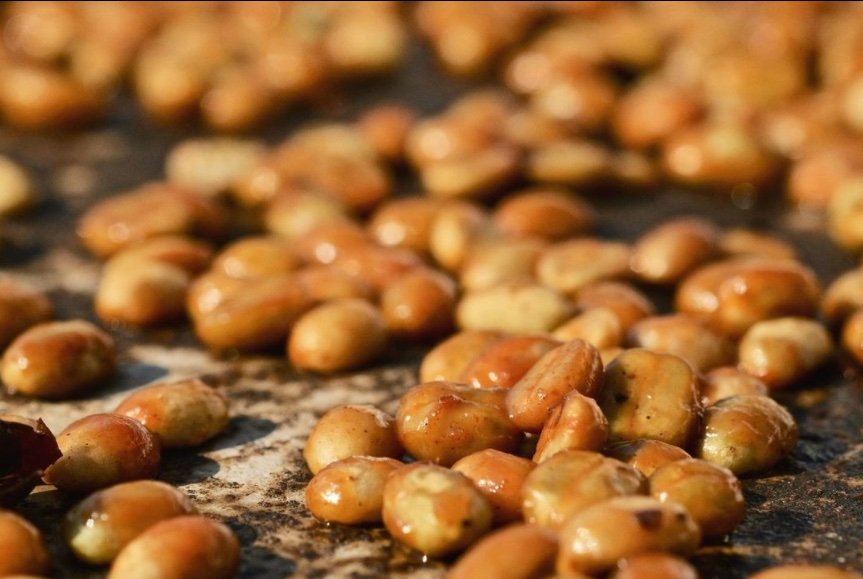
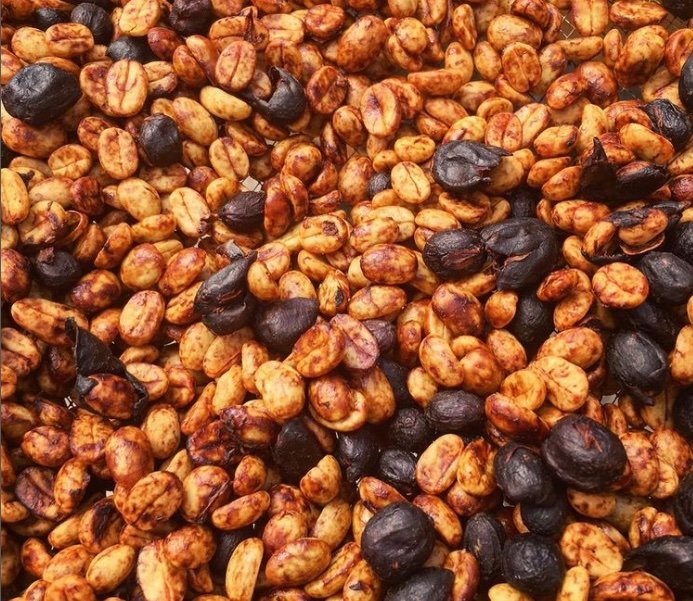

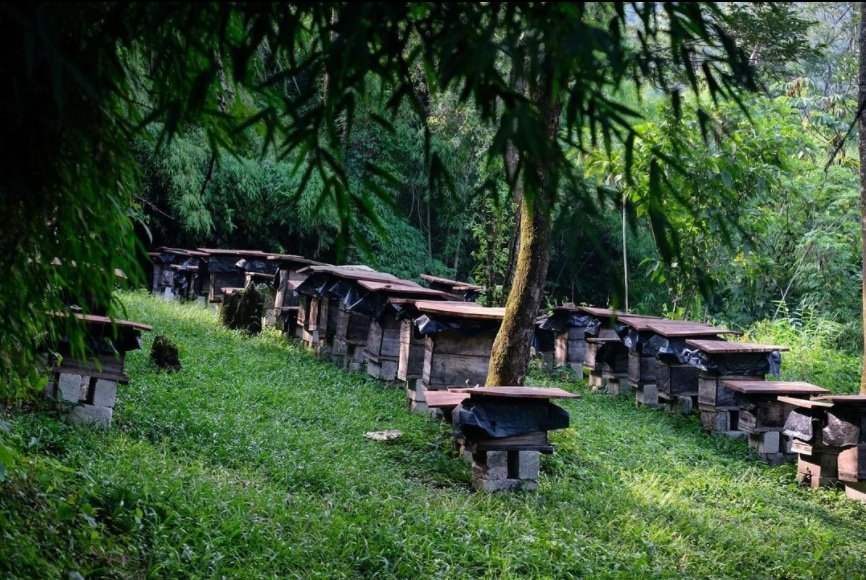
“Our friend Giorgio Bressani from the finca is a wonderfully creative, yet disciplined innovator in the coffee world. He loves to experiment. This Honey Processed coffee is from one small lot out of his crop that he is working on to tease out even more flavor!”
Finca San Jeronimo farm and surrounding coffee field /photo credit: Finca San Jeronimo
The Finca San Jerónimo Miramar farm is over 100 years old and is located in the Atitlán region of Guatemala. For four generations, the Bressani family has owned and operated this diverse farm with the utmost respect and care for their employees, the products they offer, and the surrounding environment.
A protected natural reserve occupies part of the farm and extends into the Sierra Madre de Chiapas mountain range above the farm. Beyond coffee beans, the farm operates a dairy and nurtures onsite honeybees. At their farm shop, they offer a variety of high-quality cheeses, honey, and exotic tropical fruits. The volcanic forest terrain surrounding the farm provides the lifeblood for their products by supplying natural spring water and a source of hydroelectric power for their processing facilities.
In addition, the farm provides precious farmland to host a research plot dedicated to the study and development of natural coffee farming methods for improved fungi and pest control.
The honey-processed Guatemala Honey Catuai is only one of several coffees offered by the Bressani family. Suppose you want to explore more from this extraordinary family farm after sampling the tasting profiles offered from honey processing. In that case, Vienna Coffee also offers our Guatemala Finca San Jeronimo and Guatemala Geisha coffees from the Bressani family farm.
Vienna Coffee Company is proud to partner with the Bressani family of the Finca San Jeronimo Farm and other family farms to provide the highest quality craft coffees from across the coffee belt and into your homes.
References:
Mowery, L. (2016, August 1). Coffee got complicated: Know your natural from your washed from your honey. Forbes. Retrieved February 2, 2022, from https://www.forbes.com/sites/lmowery/2016/07/31/coffee-got-complicated-know-your-natural-from-your-washed-from-your-honey/?sh=973e2467a53f
Turp, R. (2020, October 9). Washed, natural, honey: Coffee processing 101. Perfect Daily Grind. Retrieved February 2, 2022, from https://perfectdailygrind.com/2016/07/washed-natural-honey-coffee-processing-101/





